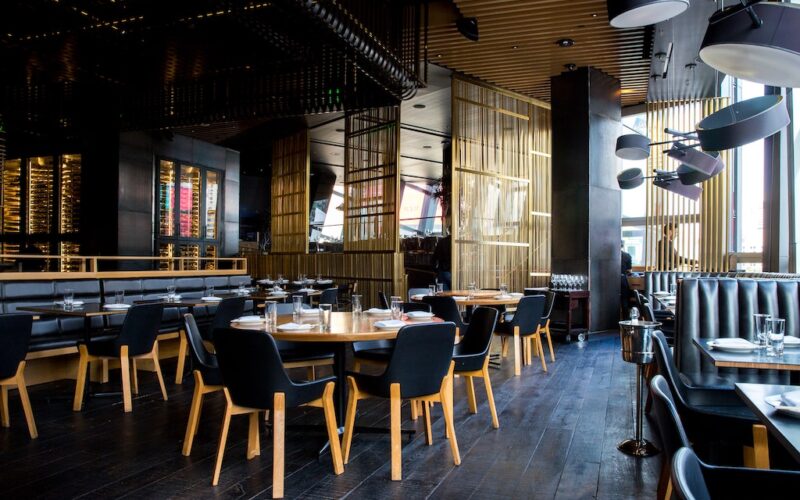E-commerce is transforming retail real estate, and yet the most drastic changes may still be ahead.
For millennia, retailers have used stores to physically show their wares. When customers decided to buy something, money changed hands, and they took their purchases home. In this long-standing model, stores occupied a prominent position in the supply chain.
But stores have traditionally served other functions as well. They were warehouses for storing inventory and receiving shipments of new merchandise, logistics hubs where you could deliver products directly into consumers’ hands and process their returns, and brand-reinforcing marketing vehicles in which salespeople could answer customers’ questions amid design, merchandising, signage, sounds and smells that enhanced the experience.
Today, these separate functions are breaking apart.
Download "Forbes: From Stores To Showrooms: Evolving The In-Store Experience And Underwriting Practices"
Other Resources

9 Questions To Ask Before Leasing a Restaurant Space
Leasing a restaurant space is certainly a challenging endeavor, especially if you are unfamiliar with the industry. There are many factors …

5 Reasons to Invest in Southern California Commercial Real Estate
California, the nation’s most populous state and the most widely traveled, boasts incredible geography (think The Sierra Nevada mountain range, Yosemite …

Leasing Commercial Space: What You Should Know
Leasing commercial space is probably one of the most important decisions you’ll make as a business owner. Choosing the right property …
